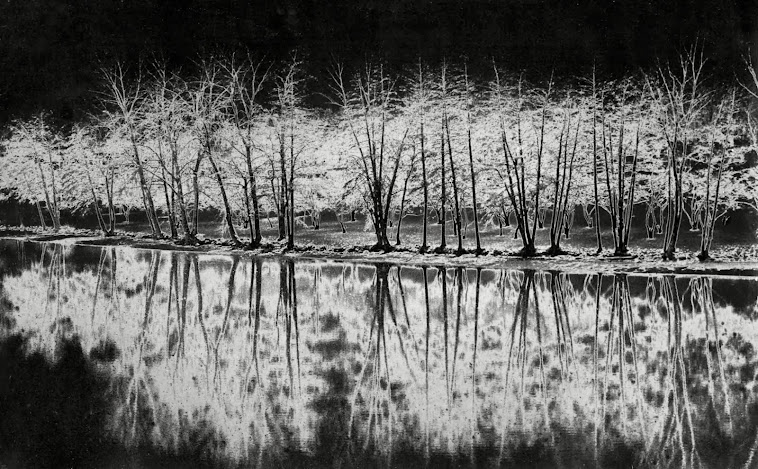These shots come from my recent [and first] visit to what is left of the old Rochester subway. In 1918, the Erie Canal was re-routed to bypass downtown Rochester, and in 1919 the abandoned canal was bought to serve as the core of a subway system. The subway was built below, and its roof was turned into what is now Broad Street. Construction was completed and operations began in 1927. Only two miles were in the tunnel, the rest of the route in open cut. The term "subway" did not refer to the tunnel, but rather to the route being grade-separated and operated as rapid transit. The segment over the Genesee River [shown below] utilized the former Erie Canal: Second Genesee Aqueduct.
A substantial portion of the subway was replaced by an auto expressway in 1956; and, in 1976 the City of Rochester elected to fill the cut to eliminate the numerous bridges. Today the subway sits abandoned amid controversy. Rochester officials want to do something with the tunnels because it costs an estimated $1.2 million in repairs and shoring up every year to maintain them. Among the proposals put forward are: (a) use some of the tunnels in a new rapid transit system; (b) transform the Broad Street Aqueduct into an underground walkway connecting the Rochester Riverside Convention Center with the Blue Cross Arena. A component of this walkway would include a Rochester Transportation Museum; (c) filling the remaining subway tunnel with water, re-routing the Erie Canal and restoring the aqueduct to its original purpose. I don't have a strong opinion on the alternatives, but (b) seems appealing.




1 comment:
Some interesting looking graffiti and history.
Post a Comment